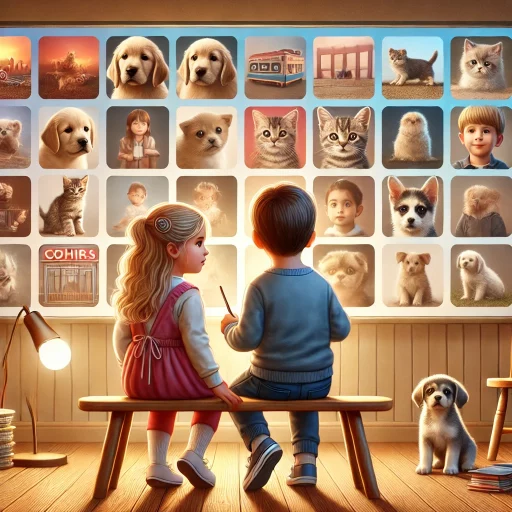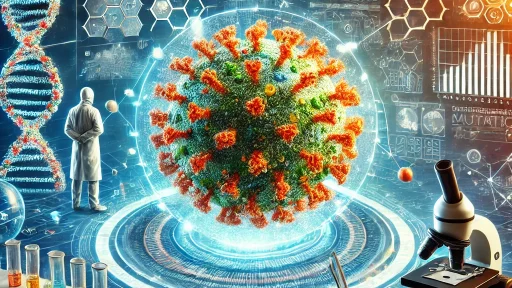Why Cuteness Matters in Human Interaction
Imagine a room filled with adorable puppies and kittens. Most children would be captivated, gazing at the fluffy animals with delight. But recent research has shed light on how children with autism might respond differently to such “cute” images. This discovery could pave the way for better understanding and support for children on the autism spectrum.
Attention Patterns in Autism
The study found that children without autism, as well as those with mild to moderate autism symptoms, spent more time looking at pictures of cute animals and children compared to neutral objects like chairs or lamps. However, children with more severe autism symptoms did not display this preference. Instead, they focused on cute and neutral images equally, indicating a distinct way of processing visual stimuli.
Why This Discovery Matters
This difference in attention reveals that the natural human attraction to “cuteness” might not be as pronounced in children with severe autism. By understanding this variation, caregivers and educators can develop strategies that cater to these unique responses, improving engagement and emotional connection with autistic children.
Enhancing Support for Autistic Individuals
Acknowledging these differences is vital in creating more inclusive environments. Tailoring learning materials and interactions to align with how autistic children perceive the world can foster better communication, learning, and emotional well-being.
Source: PsyPost – Autistic children spend less time looking at cute pictures





